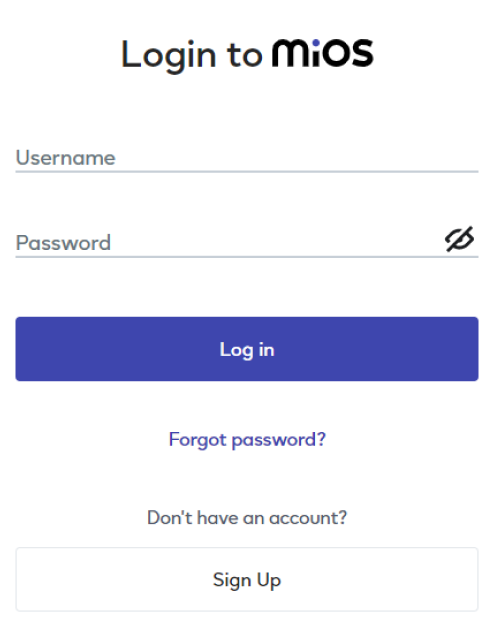
Be protected all the time with EzloPi
Air quality and UV exposure monitoring
The EzloPi smart devices provide automation through simple, customizable use with our open-source EzloPi platform, making daily life easier and improving human-machine interactions.
Before moving into this example, it is very important to know about the device registration, provisioning and converting the ESP32 device into an EzloPi device along with knowledge of Web Flasher, MiOS Mobile Application for Android/iOS and the MiOS Web Application.
1. About this example
The air quality and UV exposure monitoring system combines the MQ2 gas sensor and TSL2561 luminosity sensor with the EzloPi device. The MQ2 sensor detects levels of harmful gases like smoke, LPG, CO, and methane, providing real-time data on indoor or outdoor air quality. Meanwhile, the TSL2561 measures luminosity, including UV exposure levels, allowing for effective monitoring of sunlight intensity and potential UV risks. With EzloPi device’s smart capabilities, this system can alert users to hazardous air quality and excessive UV exposure, promoting healthier living environments.
3. Circuit Diagram & Interface
The following components are required for interfacing with the EzloPi device:
- ESP32 as an EzloPi smart device.
- MQ2 gas sensor
- TSL2561 luminosity sensor.
- Two 1K Ohm resistors.
The wiring diagram for the ESP32 30 pin is represented as below:

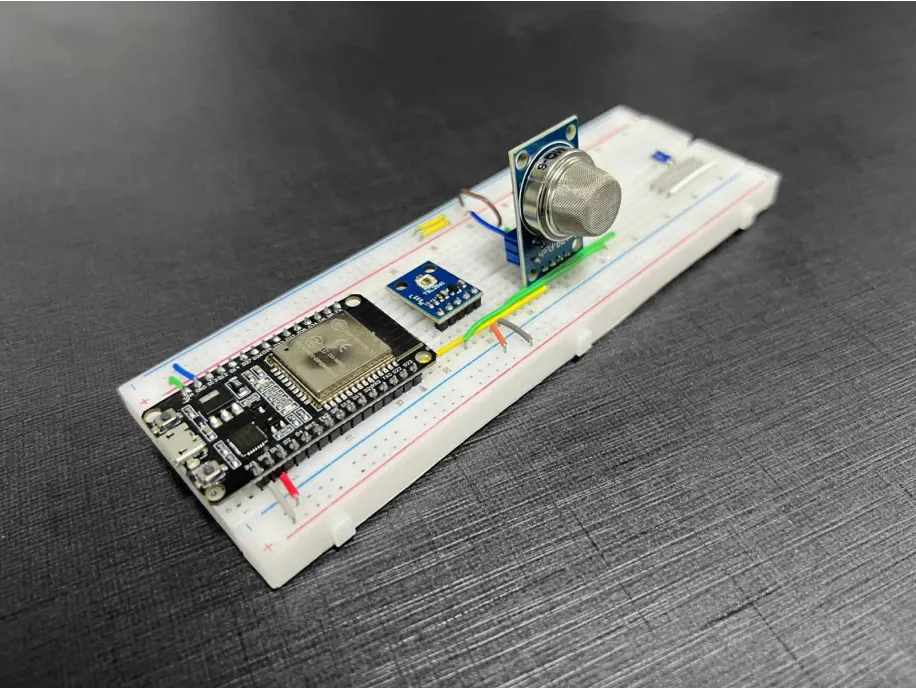
The following connections are made in order to complete the circuit setup:
From ESP32 to the MQ2 Gas Sensor:
| ESP32 | MQ2 | Resistor 1 | Resistor 2 |
| VIN | VCC | - | - |
| GND | GND | - | - |
| D13 | D0 | - | - |
| - | A0 | Terminal 1 | - |
| D33 | - | Terminal 2 | Terminal 1 |
| GND | - | - | Terminal 2 |
From ESP32 to the TLS256 Luminosity sensor:
| ESP32 | TSL2561 |
| 3V3 | Vin |
| GND | GND |
| D21 | SDA |
| D22 | SCL |
4. Interfacing the Gas sensor & Luminosity sensor using the EzloPi Web Flasher:
1. Set up your device/hardware by visiting config.ezlopi.com

- Log in using the credentials which you just set earlier while signing up.

- Now, click on the Connect Device button and a pop-up window will appear.

- Now, select COM Port to which your ESP32 device is connected. In our case, the COM3 port is used.
Click Connect

- If you are new to this and it's your first time configuring, select Create new Device ID. Enter Wifi SSID and Wifi Password.
- In the Device Configuration, tab click on Other.
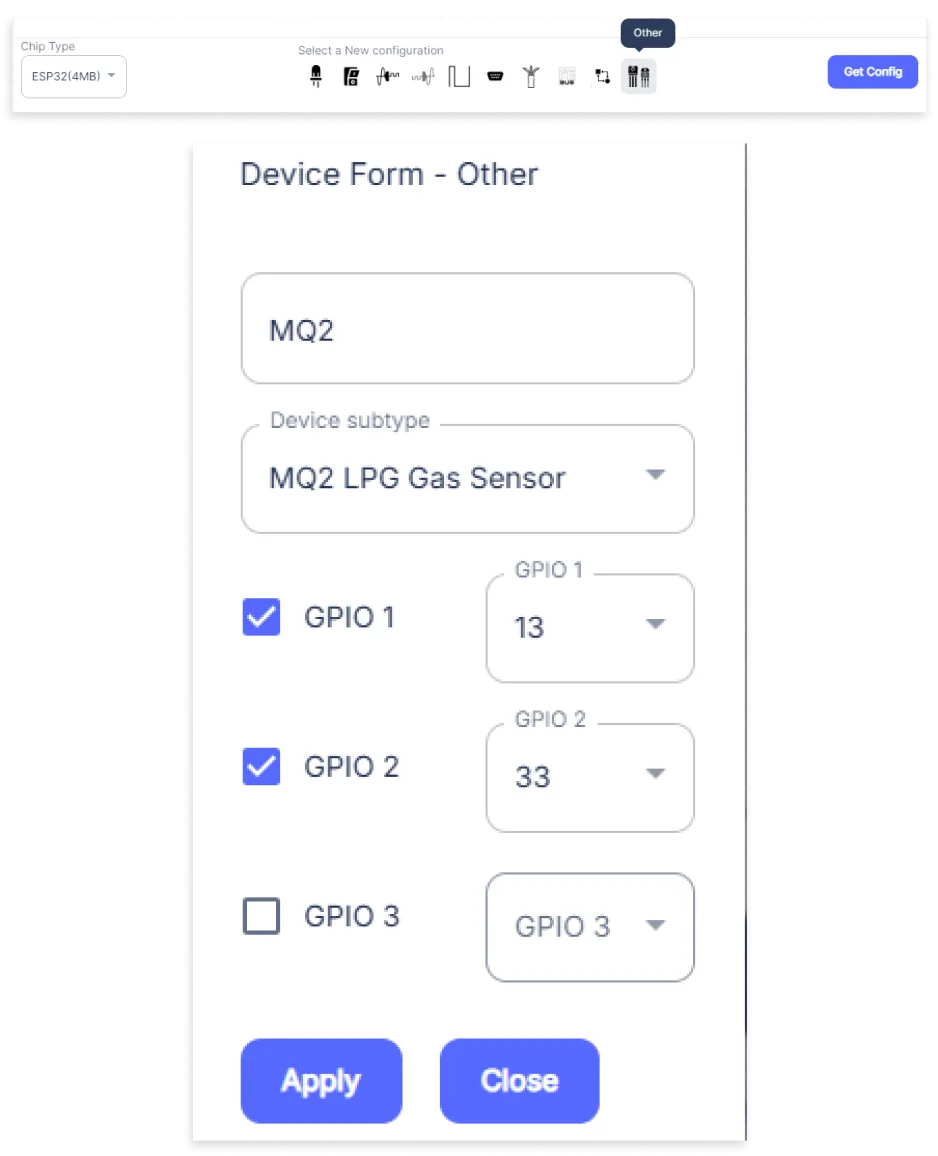
- An Other window will be opened for inputting the following parameters:
- Set a Device name of your choosing. In our case, we set it to MQ2.
- Set Device subtype to MQ2 LPG Gas Sensor.
- Tick mark the boxes of GPIO 1 & GPIO2.
- Set the GPIO 1 to 13.
- Set the GPIO 2 to 33.
- Then Click Apply Button.
- In the Device Configuration, tab click on I2C.

- An I2C window will be opened for inputting the following parameters:
- Set a Device name of your choosing. In our case, we set it to TSL2561.
- Set Device subtype to TLS256 Luminosity.
- Set Slave address to 41.
- Set SDA pin to GPIO21.
- Set SCL pin to GPIO22.
- Then Click Apply Button
- After clicking the apply button you can see a table of your setting in the device configuration tab.
- Press the Flash Device button.
- A window will appear on the bottom right side of the screen displaying “Please press BOOT button while flashing begins.”

- Hold the BOOT button down until the next window appears on the bottom right side of the screen which says “Installation prepared. Please release the boot button now.”
- Release the BOOT button from your ESP32 when this pop-up on the bottom right window appears.
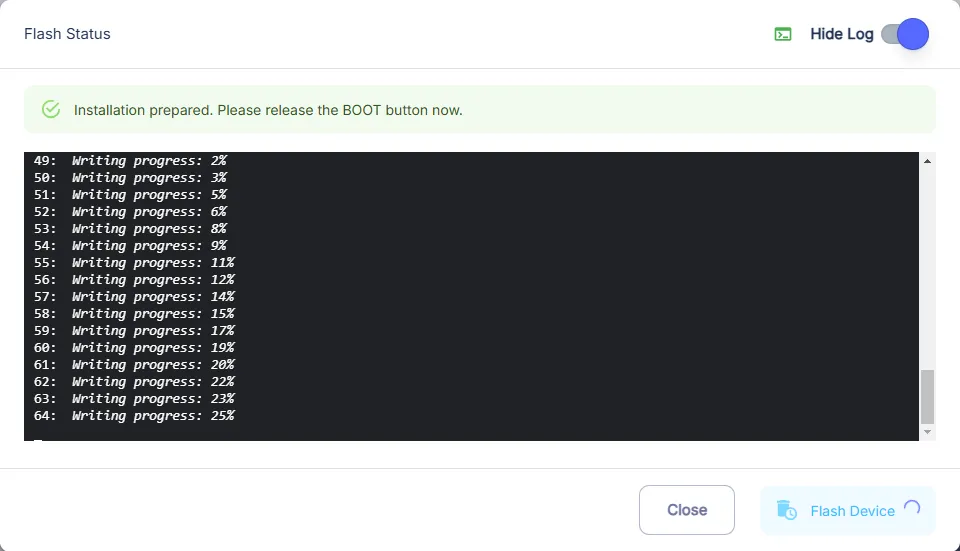
- After some time, a popup will appear saying Device Flashed Successfully! This means that your device has been set up successfully.
5. MiOS App
You can download the MIOS Android app from the Google Play Store and Apple App Store.
- After downloading the app, proceed to install the application and open it.

- Using the MIOS mobile application, create a new Ezlo Cloud account using the sign-up option. If you already have an account, you may proceed to log in.

- After successfully logging in, you will be able to see the number of controllers connected such as a lamp, fan, or any other device in the MiOS app. Tap on any controller of your desired ID:

- You will be able to see the status of your controller whether it is online or offline. Access the device dashboard, and tap the device. The following view of the dashboard will appear:
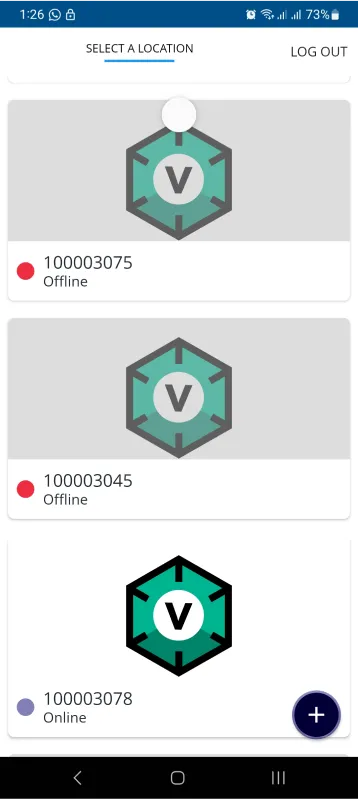
- Here, we can see the TSL2561 luminosity sensor and MQ2 gas sensor tiles in the MiOS mobile app above. The above figure indicates that very little amount of light is being detected by the sensor and the gas sensor also detects normal concentration of gas in the environment. From this system, we can monitor the environment around us and take action accordingly.

- Now, as we can see the light intensity has increased and so has the gas concentration.
6. MiOS Web Dashboard
- After configuring the controller with the EzloPi web flasher, head to ezlogic.mios.com

- Use the same credentials to log in that you used for configuring the controller with the web flasher.

- Here, we can see the TSL2561 luminosity sensor and MQ2 gas sensor tiles in the MiOS web dashboard above. The above figure indicates that very little amount of light is being detected by the sensor and the gas sensor also detects normal concentration of gas in the environment. From this system, we can monitor the environment around us and take action accordingly.
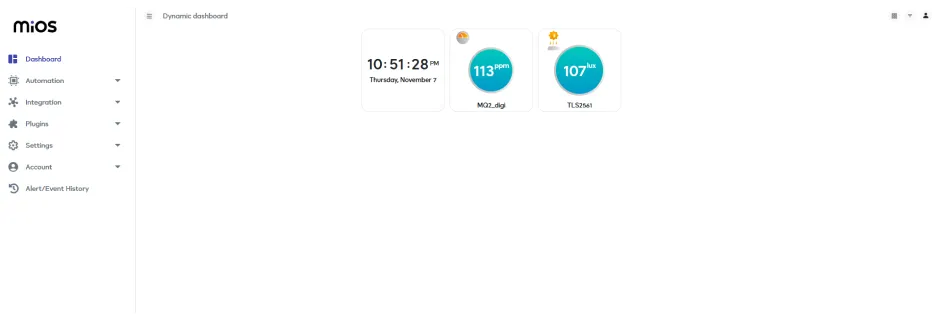
- Now, as we can see the light intensity has increased and so has the gas concentration.

eZlopie Products A single-channel 5V relay module $00.00

eZlopie Products Momentary switch $00.00

eZlopie Products Level Shifter Module (BSS138) $00.00

eZlopie Products ESP32
$00.00

eZlopie Products AC Lamp and Holder
$00.00











